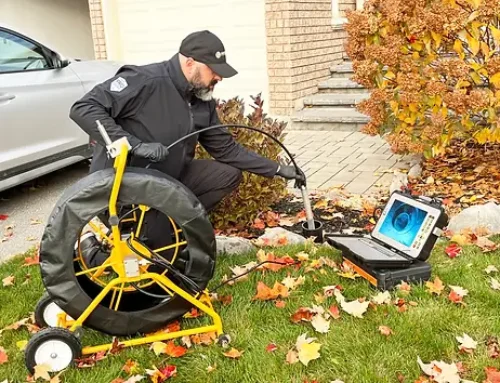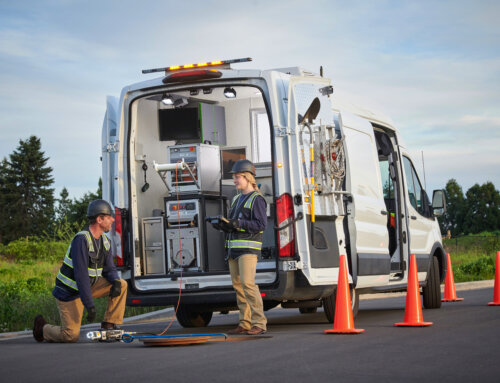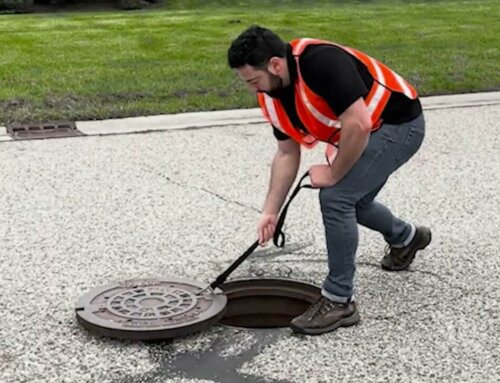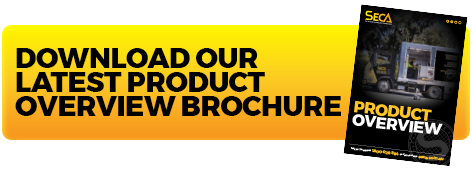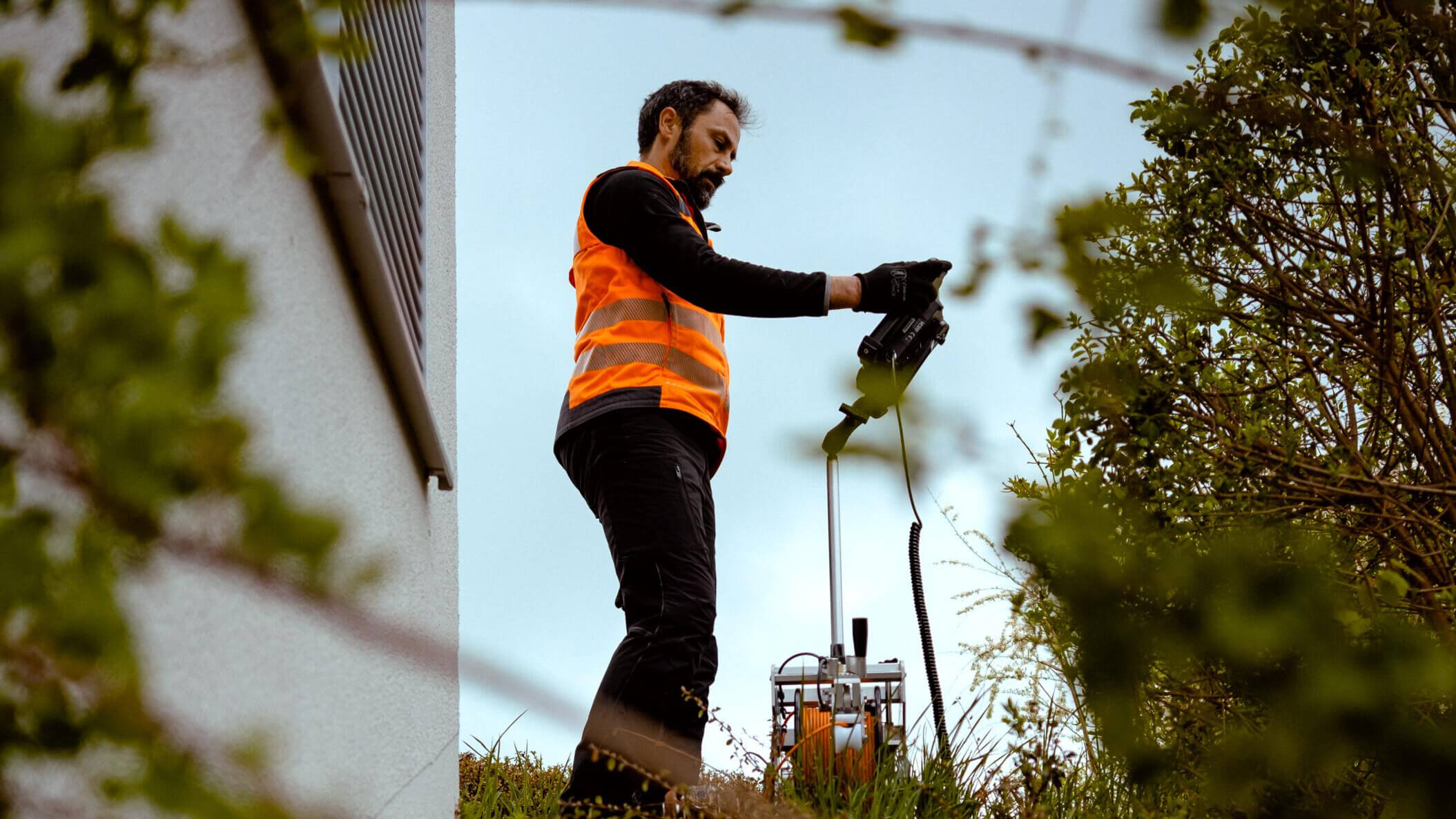
Top Signs You Need a Sewer Camera Inspection for Your Home
Understanding Modern Sewer Camera Inspection Technology
The evolution of plumbing diagnostics has transformed dramatically with the introduction of advanced sewer camera inspection technology. Unlike traditional methods that rely heavily on guesswork and destructive investigation, modern sewer cameras provide crystal-clear insights into your plumbing system’s health. These sophisticated devices combine high-definition imaging with robust data collection capabilities, allowing plumbers to navigate through complex pipe networks while documenting every detail of your sewer system’s condition.
This remarkable technology detects issues that would otherwise remain hidden until they become major problems. The cameras are equipped with powerful LED lights illuminating the darkest corners of your plumbing system while self-levelling heads ensure that the image stays upright regardless of how the cable twists through the pipes. This advancement means professional plumbers can provide accurate diagnoses without needing exploratory excavation or destructive testing.
Advanced Diagnostic Capabilities
Modern sewer camera systems don’t just provide visual feedback; they’re equipped with an array of sensors and capabilities that deliver comprehensive pipe assessment:
- Location Tracking: Sophisticated sonar and radio transmitter systems pinpoint exact problem locations, making repairs more efficient and less invasive.
- Depth Measurement: Advanced sensors accurately measure pipe depth and orientation, crucial for planning repairs or replacements.
- Digital Recording: High-quality video recordings provide permanent documentation of pipe conditions, which are valuable for insurance claims and future reference.
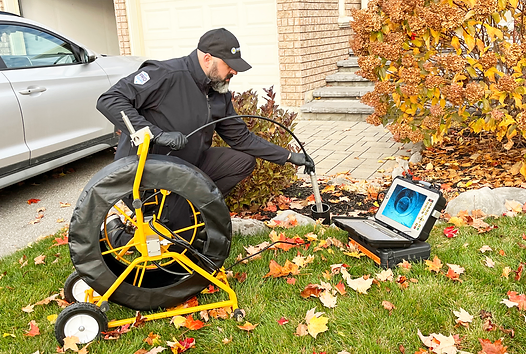
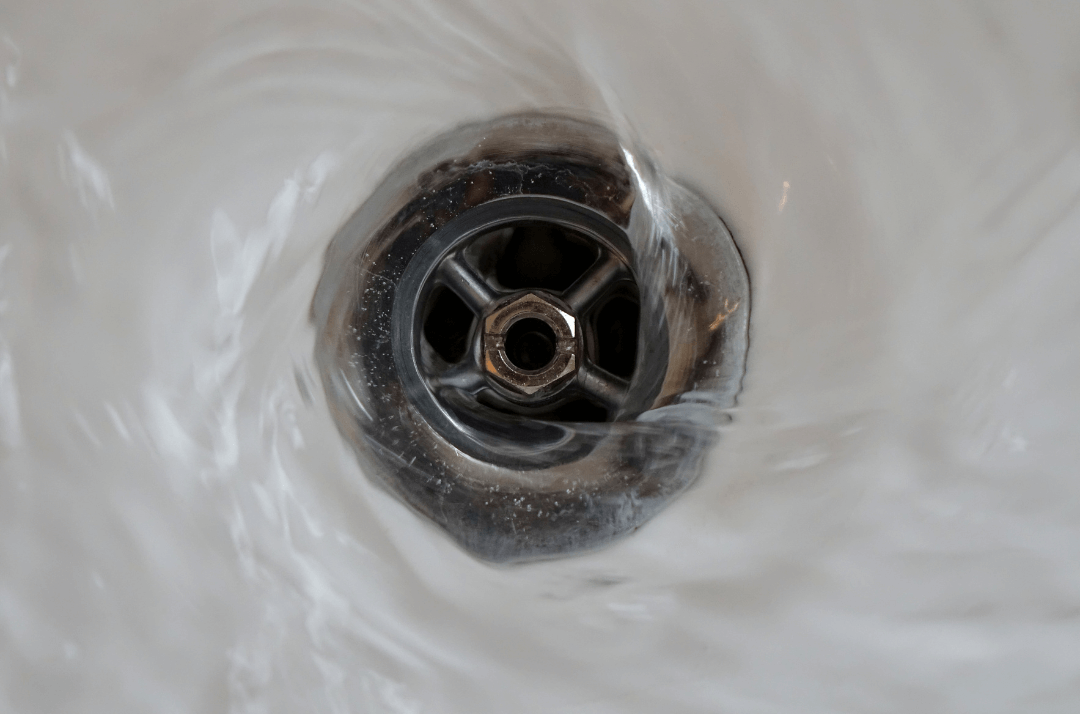
Critical Warning Signs Expanded
The Evolution of Drainage Problems
Drainage issues rarely appear without warning. What starts as a minor inconvenience can signal the beginning of a more serious problem. When water drains slowly from your kitchen sink, it might seem like a simple clog. However, if this issue persists despite regular cleaning, or if you notice similar problems in multiple fixtures, you’re likely dealing with a deeper system issue.
Consider this scenario: You’re running your washing machine, and suddenly, your shower drain starts gurgling, or your toilet water level fluctuates. These synchronised problems indicate that your main sewer line isn’t functioning correctly. Unable to flow freely through the main line, the water seeks alternative paths, creating these concerning symptoms throughout your home.
Understanding Root Intrusion: A Common Yet Serious Problem
Tree root intrusion represents one of the most insidious threats to your sewer system. Roots are naturally attracted to the moisture and nutrients found in sewer pipes. Even the most minor crack or loose joint can provide an entry point for seeking roots. Once inside, these roots can grow alarmingly, creating extensive networks that block water flow and potentially crack or collapse pipes.
The process typically follows this pattern:
- Fine roots enter through tiny openings
- These roots thicken and multiply
- They catch debris, creating blockages
- Eventually, they can cause pipe failure
What makes root intrusion particularly challenging is its gradual nature. You might not notice any problems initially, but as the root system expands, you’ll start experiencing increasingly frequent blockages and slower drainage. This is where regular camera inspections prove invaluable – they can catch root intrusion in its early stages before it causes significant damage.
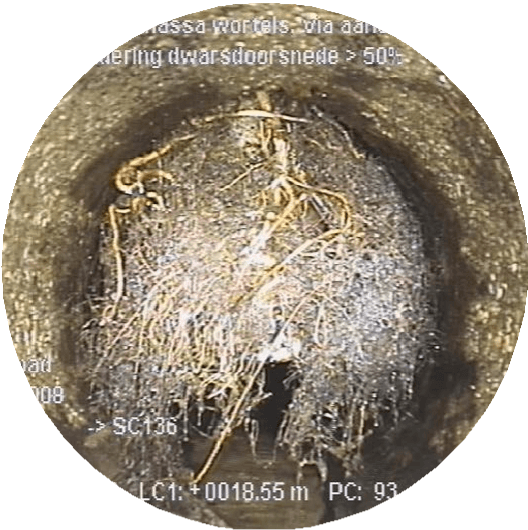
Seasonal Maintenance
1. Wet Season Preparation
The impact of Australia’s distinct wet and dry seasons on your sewer system requires specific maintenance approaches:
Wet Season Priorities (October to March):
- Pre-season inspection of stormwater connections
- Check for illegal stormwater-to-sewer connections
- Assess drainage capacity for heavy rainfall
- Inspect gully traps and overflow relief gullies (ORGs)
Heavy Rainfall Impacts:
- Monitor for surcharging in low-lying areas
- Check for stormwater infiltration
- Assess pipe stability in expansive clay soils
- Evaluate surface drainage patterns
2. Dry Season Maintenance
During extended dry periods (April to September), focus on:
Ground Movement Management:
- Monitor for pipe stress from soil contraction
- Check for signs of soil subsidence
- Assess the impact on pipe joints and connections
- Evaluate tree root activity near pipes
Professional Assessment: Why Expertise Matters
1. The Value of Professional Inspection
Professional sewer inspections represent more than just running a camera through pipes. Licensed plumbers bring years of experience in interpreting what they see and understanding the subtle signs that might indicate developing problems. When a professional conducts a sewer camera inspection, they’re not just looking for apparent blockages – they’re assessing the overall health of your plumbing system.
A comprehensive professional inspection includes:
Systematic Assessment:
- Methodical examination of all accessible pipes
- Documentation of pipe materials and conditions
- Identification of potential future problems
- Assessment of pipe joint integrity
- Evaluation of pipe gradient and flow patterns

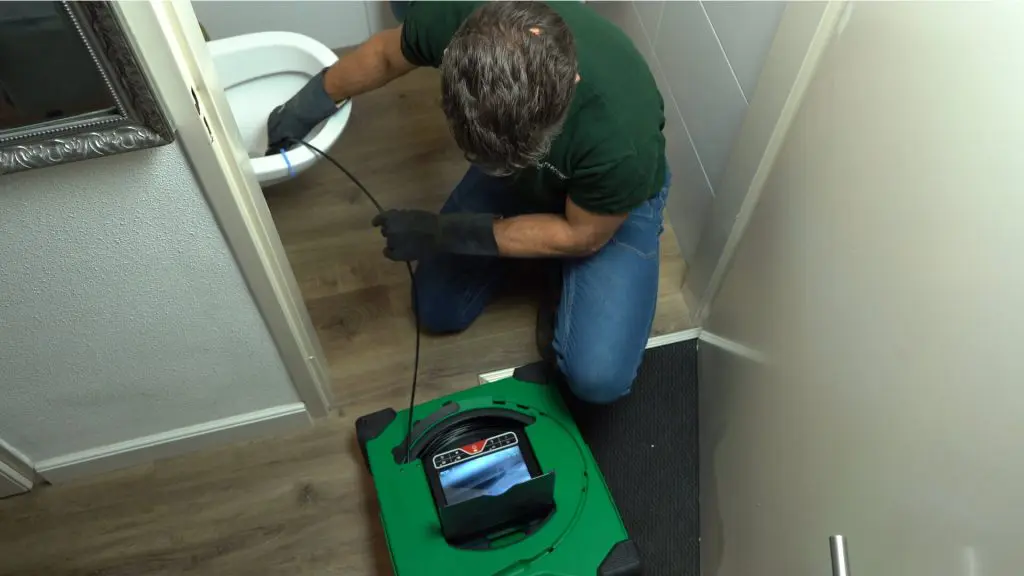
2. Advanced Technology in Action
Modern inspection equipment has transformed the plumbing industry’s capability to diagnose and document sewer system conditions. Professional-grade equipment offers:
Superior Image Quality: The difference between consumer-grade and professional equipment is substantial. Professional cameras provide:
- Crystal clear 4K resolution
- Advanced lighting systems for accurate color representation
- Multiple viewing angles for comprehensive pipe assessment
- Real-time measurement capabilities
Data Collection and Analysis: Professional systems integrate sophisticated software that can:
- Generate detailed inspection reports
- Create pipe system maps
- Store historical data for comparison
- Provide digital documentation for insurance purposes
Cost Analysis and Value
1. Inspection Costs in Australia
A professional sewer camera inspection represents a smart investment in your property’s maintenance. Current market rates typically fall into these categories:
| Service Type | Price Range (AUD) | What’s Included |
| Basic Inspection | $330-$550 | • Single line inspection |
| • Basic video footage | ||
| • Simple written report | ||
| Comprehensive Inspection | $550-$880 | • Multiple line inspection |
| • Detailed video recording | ||
| • Comprehensive report with recommendations | ||
| Emergency/After Hours | $880-$1,100+ | • Immediate response |
| • Full diagnostic service | ||
| • Emergency recommendations |
2. Cost-Benefit Analysis
Consider these potential savings when weighing the value of preventive inspection:
| Prevention vs Emergency | Preventive Cost (AUD) | Emergency Repair Cost (AUD) | Potential Savings |
| Routine Inspection | $330-$550 | $8,000-$25,000+ | Up to $24,000+ |
| Early Issue Detection | $550-$880 | $15,000-$35,000+ | Up to $34,000+ |
| Root Management | $400-$900 | $20,000-$30,000+ | Up to $29,000+ |
3. Value Considerations
The actual value of a sewer camera inspection extends beyond immediate cost savings:
Property Protection
-
- Prevents structural damage
- Protects landscaping
- Maintains property value
- Avoids emergency disruptions
Documentation Benefits
-
- Building inspection reports
- Insurance documentation
- Property sale preparation
- Council compliance records
Implementing a Maintenance Schedule
1. Creating Your Maintenance Plan
A well-structured maintenance plan should account for:
Age-Based Scheduling:
- New systems: Every 3-5 years
- Systems 20+ years: Every 1-2 years
- Historic properties: Annual inspections
Risk Factor Assessment:
- Property location and soil type
- Tree proximity and species
- Pipe material and age
- Previous repair history
Seasonal Considerations:
- Pre-wet season checks
- Post-storm inspections
- Root growth periods
- Ground movement patterns
2. Documentation and Record Keeping
Maintaining comprehensive records helps track your system’s health:
Essential Records:
- Inspection reports and videos
- Repair documentation
- Maintenance schedules
- Cost tracking
- Performance trends
Future-Proofing Your Sewer System
1. Modern Solutions and Technologies
The plumbing industry continues to evolve with new technologies and methods:
Preventive Measures:
- Smart pipe monitoring systems
- Advanced root barriers
- Pipelining technologies
- Chemical treatment programs
Emerging Technologies:
- AI-powered inspection analysis
- Remote monitoring capabilities
- Predictive maintenance systems
- Non-invasive repair methods
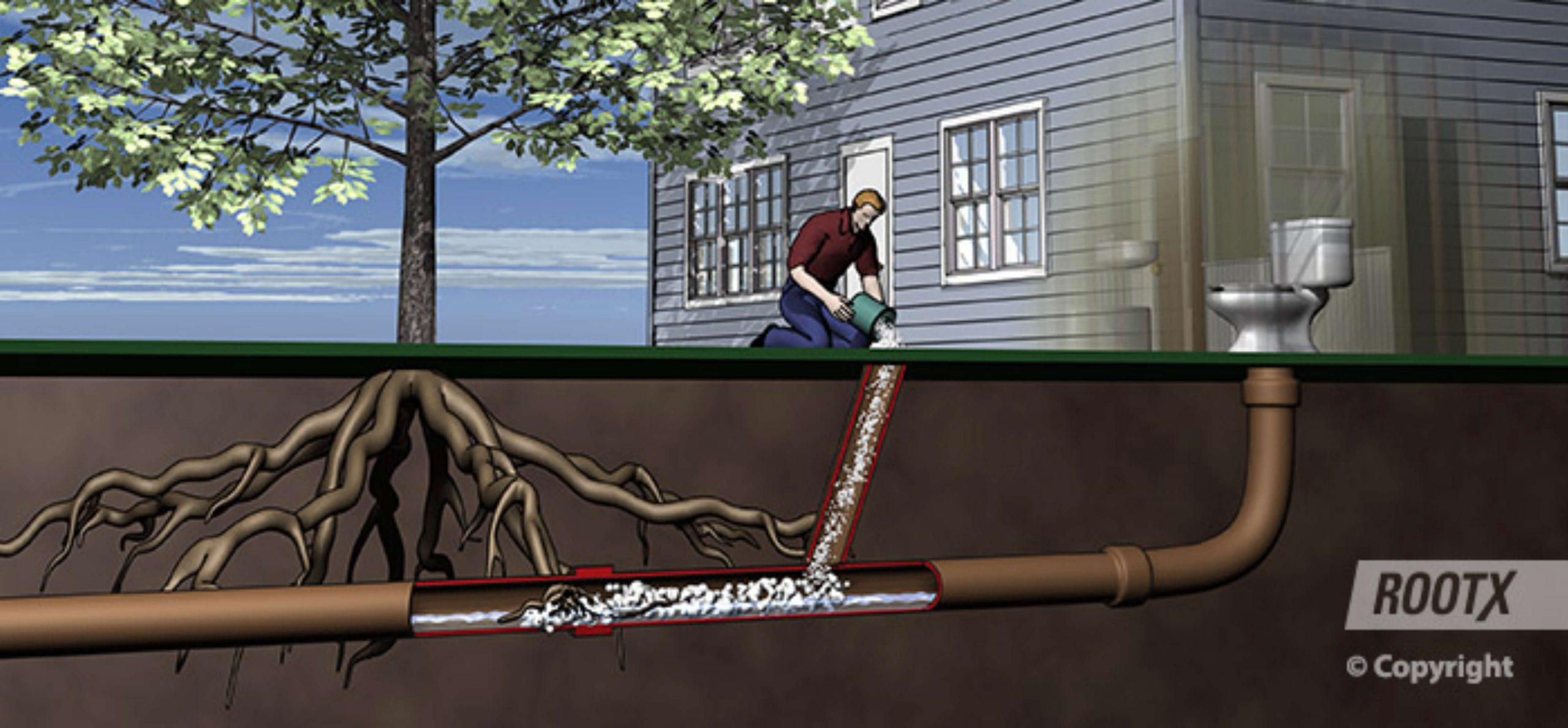
Environmental Considerations for Australian Conditions
1. Water Conservation
Australia’s water-sensitive urban design principles require:
Water Management:
- Greywater system compatibility checks
- Rainwater harvesting system integration
- Water-efficient fixture compliance
- Leak detection and prevention
2. Environmental Protection
Local environmental guidelines focus on:
Sustainable Practices:
- Prevention of groundwater contamination
- Protection of local waterways
- Management of tree root systems
- Erosion and sediment control
3. Climate Adaptation
Australian climate considerations include:
System Resilience:
- Heat stress on pipe materials
- UV exposure impacts
- Drought-related soil movement
- Intense rainfall management
4. Native Vegetation Management
Special attention to:
Root Control:
- Australian native tree species impact
- Root barrier systems suited to local conditions
- Drought-tolerant landscaping considerations
- Native vegetation preservation requirements
Frequently Asked Questions
Q: What is a sewer camera inspection? A: It’s a non-invasive diagnostic method using high-definition waterproof cameras to inspect and assess your sewer system’s condition, identifying issues like blockages, cracks, or root intrusions.
Q: How much does a sewer camera inspection cost in Australia? A: Basic inspections range from $330-$550, while comprehensive inspections cost between $550-$880. Emergency or after-hours services may cost $880 or more.
Q: How long does the inspection take? A: A typical inspection takes 1-2 hours to complete, including setup and a review of findings with the property owner.
Q: When should I get a sewer camera inspection? A: Schedule an inspection if you notice slow drains, recurring blockages, unpleasant odours, or wet patches in your yard. It’s also recommended before buying a property or every 2-3 years for preventive maintenance.
Q: Is the inspection process destructive? A: No, sewer camera inspections are completely non-invasive and won’t damage your pipes. The cameras are specially designed to move safely through your plumbing system.
Q: What problems can the camera detect? A: Cameras can identify tree root intrusions, pipe cracks, blockages, joint separations, pipe corrosion, misaligned pipes, and other structural issues affecting your sewer system.
Q: Do I need to prepare anything before the inspection? A: Ensure clear access to your main drainage points and inform the plumber of any known plumbing issues or recent work done on the system.
Don’t wait for minor plumbing issues to become major problems. SECA‘s experienced technicians use the latest sewer camera inspection technology to provide comprehensive assessments and detailed reports. With decades of experience and a commitment to excellence, we ensure peace of mind and protect your property investment. Visit the website www.seca.com.au to schedule your professional sewer camera inspection and take proactive steps toward maintaining your home’s plumbing system.

